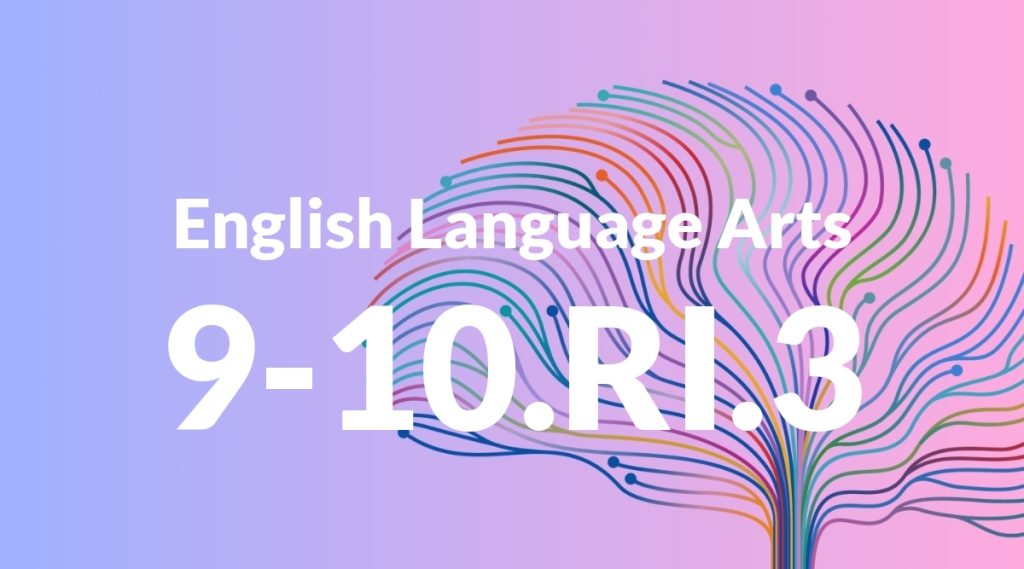Standard: 9-10.RI.3 – Analyze how the author unfolds an analysis or series of ideas or events, including the order in which the points are made, how they are introduced and developed, and the connections that are drawn between them.
Grade level: Grade 9-10
Subject: English Language Arts
Domain: Reading: Informational Text
Teacher Overview
This standard focuses on helping students analyze how authors structure their texts to convey complex ideas and events. It is crucial for developing critical reading skills and understanding the author’s intent and effectiveness. Students should be comfortable with identifying main ideas and supporting details and have a basic understanding of different text structures.
Students will develop the ability to critically evaluate an author’s structural choices and apply similar techniques in their own writing, enhancing both their analytical and writing skills.
Common Misconception 1
Some students might think that the order of points in a text is random, not realizing that authors intentionally structure their texts to build a coherent argument or narrative.
Intervention 1
Use graphic organizers to map out the structure of various texts, showing how each section connects to the overall argument or narrative.
Common Misconception 2
Another common misconception is that all informational texts follow the same structure, which can limit students’ ability to adapt their reading strategies.
Intervention 2
Provide diverse examples of informational texts and conduct comparative analyses to highlight the variety of structures authors use.
Prerequisite Knowledge
Students should be familiar with basic text structures, such as cause and effect, compare and contrast, and chronological order. They should also have experience identifying main ideas and supporting details in texts.
Subsequent Knowledge
After mastering this standard, students will be able to critically evaluate the effectiveness of an author’s structure in conveying their message and apply similar techniques in their own writing.
Instructional Activities
- Text mapping exercises
- Comparative analysis of different text structures
- Group discussions on the effectiveness of different structures
- Writing assignments that mimic analyzed structures




